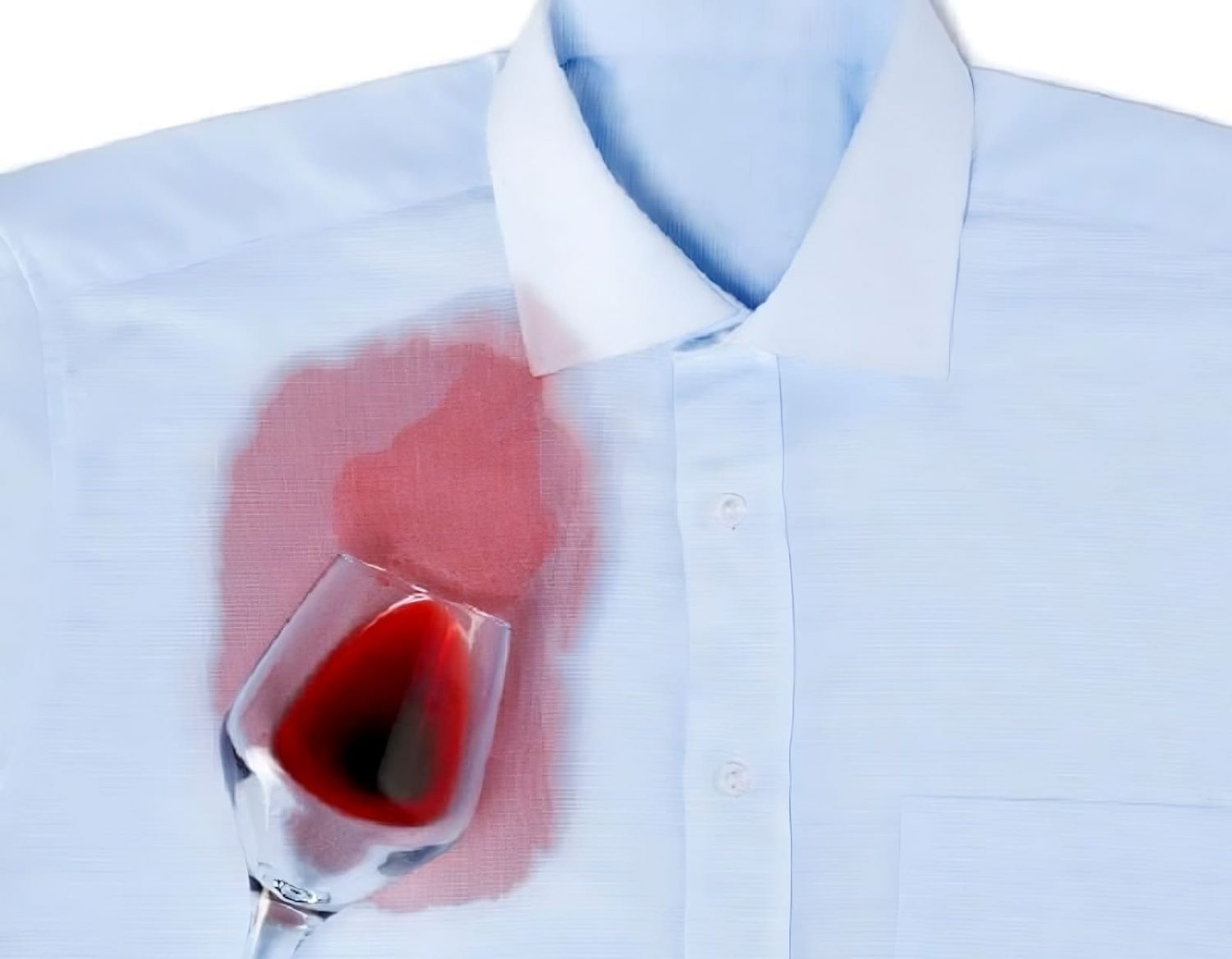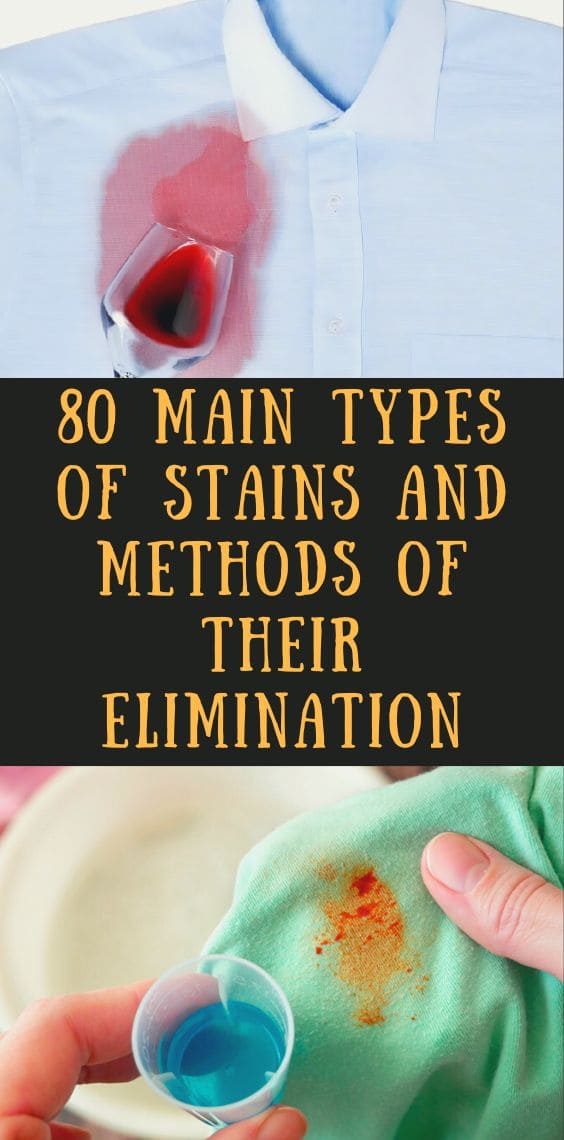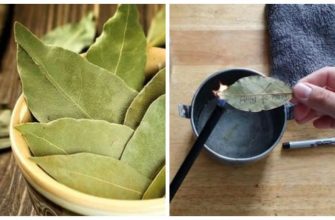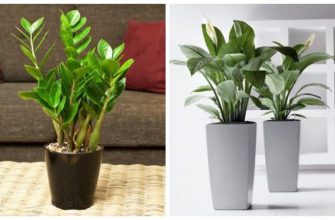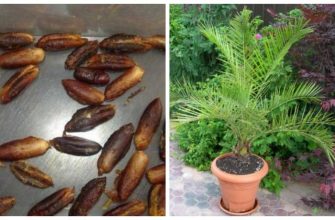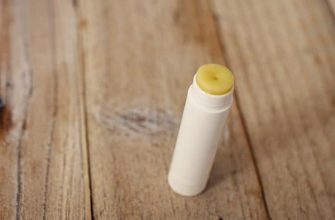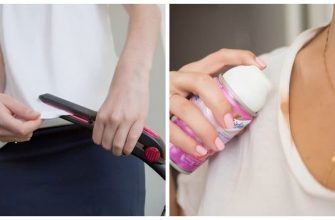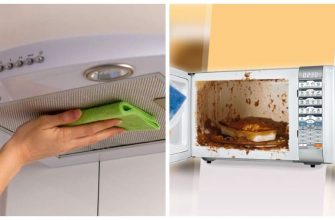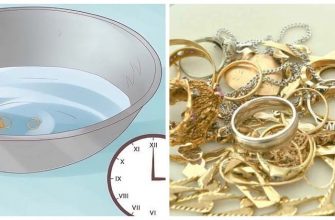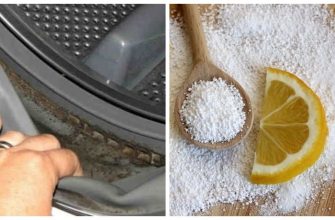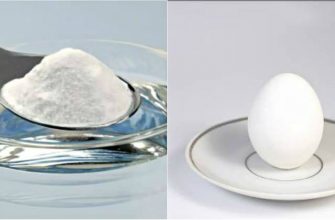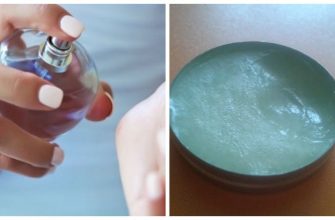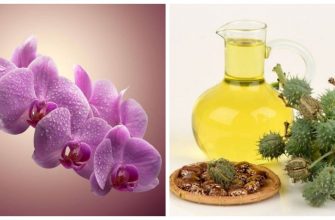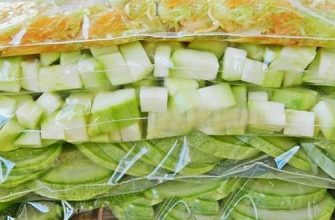HOW TO REMOVE STAINS from juice, blood, wine, beer, champagne, grass, gum, tomato, sauces, fish, canned goods, rust, iodine, lipstick, apples, raspberries, cherries, perfume, lip balm, ink stains, vegetable oil stains, grease stains…?
We know 80 ways to remove various stains.
Do not immediately use acetone, hydrogen peroxide, oxalic acid, vinegar, or lemon juice to clean synthetic silk fabrics without testing them first.
Stains on synthetic leather items should not be removed with alcohol, gasoline, or acetone, only with warm soapy water.
Stains from fruits and fruit juices can be removed with a solution of glycerin and vodka (in equal parts), or by holding the fabric over a pot of boiling water and rubbing the stain with vinegar.
Remove old stains from clothing by applying heated lemon juice while holding the item over a pot of boiling water.
You can also remove the stain by using a mixture of lemon juice diluted with equal parts of vodka or denatured alcohol, followed by wiping with a cloth soaked in a solution of water and rubbing alcohol.
Fresh stains from apples, raspberries, and cherries can be removed by gently rubbing them with a cotton swab soaked in warm milk and soapy water.
Stains from fruit juice should be treated with a solution of rubbing alcohol diluted with water, followed by washing the entire item.
Wine stains on cotton fabric can be removed by pouring boiling milk over them.
To remove fresh stains from red wine and fruit, sprinkle them with salt and rinse with water and soap, or wipe with a 5% solution of rubbing alcohol, followed by rinsing.
Stains from white wine and champagne can be wiped with glycerin heated to 40-50 degrees Celsius, then rinsed with warm water.
Wine and beer stains on cotton tablecloths can be removed by rubbing them with lemon and leaving them in the sun for a while. Then rinse the tablecloth.
Wine stains disappear if thoroughly rinsed with warm milk, followed by rinsing first with cold water and then with hot water.
Beer stains can be removed with warm rubbing alcohol, followed by rinsing the fabric in warm soapy water.
Fresh grass stains can be removed with vodka or preferably denatured alcohol. They can also be treated with a solution of table salt (1 teaspoon in 1/2 cup of warm water). After removing the stain, rinse the fabric in warm water.
Herbal stains on white fabrics can be removed with a 3% solution of hydrogen peroxide with a small amount of rubbing alcohol.
Stains from perfumes and colognes on silk and wool clothing can be moistened with wine spirit or pure glycerin, then wiped with a cotton ball soaked in sulfuric ether or acetone.
Such stains on white fabrics should be first moistened with rubbing alcohol, then treated with a solution of hydrosulfite (a pinch of hydrosulfite in a cup of water), and after 2-3 minutes, with a solution of oxalic acid (a pinch of acid in a cup of water).
Lipstick stains on wool and silk can be easily removed with pure alcohol.
Hair dye stains can be removed with a solution of hydrogen peroxide and rubbing alcohol, or with a solution of hydrosulfite (1 teaspoon in a cup of water). Heat the solution to 60 degrees Celsius, then wipe the stain with a cotton ball soaked in it. Then wash the garment in warm soapy water.
Sweat stains can be eliminated by adding a little bit of rubbing alcohol (1 teaspoon per 1 liter of water) to warm soapy water during the washing process. You can also treat the stain by rubbing a mixture of vodka and rubbing alcohol onto it.
Sweat stains on wool garments can be removed by rubbing a cloth soaked in a strong salt solution. You can also rub them with alcohol.
Do not clean dirt stains immediately when they are still wet. Let the stain dry and then clean it with a weak solution of alum and rub it with a dry cloth.
Stains from melted ice cream can be removed with a mixture of glycerin, rubbing alcohol, and warm water in equal parts. Rub the stain with this mixture, then wash the garment in warm water.
Milk stains can be removed with cool soapy water or water mixed with alum or rubbing alcohol.
Manganese stains can be removed by soaking the stained area in whey or sour milk for 3-4 hours, then laundering the item.
Manganese stains on white fabric can be removed with a solution of oxalic acid. Mix one teaspoon of oxalic acid with half a cup of water, then rinse the fabric in hot and warm water.
Tea stains can be removed with a mixture of glycerin and rubbing alcohol (4 parts glycerin to 1 part rubbing alcohol). For old stains on white fabric, it’s better to use a solution of oxalic acid (1/2 teaspoon per cup of water) or a solution of hypo-sulfite (1 teaspoon per half a cup of water). Then clean the item, wash it in soapy water with 2 teaspoons of rubbing alcohol per liter of water, and rinse thoroughly.
Tea stains on white fabric can be removed with hydrogen peroxide or a few drops of lemon juice. Then wash the item and rinse it in warm water.
Coffee and cocoa stains can be removed with diluted rubbing alcohol. For better results, first rub the stain with benzene.
Coffee and cocoa stains on delicate silk dresses can be removed by moistening the stain with heated glycerin and leaving it for 5-10 minutes, then rinsing it in warm boiling water.
Coffee and cocoa stains can be removed by washing the item in warm saltwater and rinsing it in cold water.
Coffee stains can be completely removed with hydrogen peroxide.
Chocolate stains can be removed with boiling soapy water.
Mold and mildew stains can be removed as follows: on cotton fabrics, cover the stain with a layer of finely crushed dry chalk, place absorbent paper on top, and iron with a warm iron several times; on silk and wool fabrics, clean the stain with kerosene, then cover it with a thin layer of dry clay, place absorbent paper on top, and iron with a warm iron; on white fabric, moisten the stain with hydrogen peroxide, then launder the item and rinse it in warm water; on colored and dyed fabrics, moisten the stain with rubbing alcohol. However, first try it on a separate piece of fabric to see if it affects the fabric’s color.
Fresh mold stains can be removed by rubbing the stain several times with onion juice or sour milk, then laundering the item in hot water.
Tobacco stains can be removed by rubbing it with a mixture of egg yolk and denatured alcohol, then rinsing the fabric in warm and hot water.
Fresh egg stains on silk and cotton fabrics can be removed by rinsing it in cold water, then rubbing it with a cotton ball soaked in a weak vinegar solution, after which the item should be washed in warm water.
Ink stains can be removed with a solution of rubbing alcohol and baking soda (1 teaspoon of alcohol and 1-2 teaspoons of soda per cup of water); lemon juice (squeeze the juice onto a cotton ball, apply it to the stain, rinse the cleaned area with water, then dry it with a linen cloth); for white fabrics, use a mixture of hydrogen peroxide and rubbing alcohol (1 teaspoon of each per cup of water); buttermilk (afterward, thoroughly wash and rinse the item); for colored fabrics, use a mixture of glycerin and denatured alcohol (2 parts glycerin to 5 parts alcohol); for polished furniture, use beer (rub the stain with a cloth soaked in beer, let it dry, then apply wax and polish with a soft woolen cloth); for leather items, use warm milk; for oilcloth, use matches. To do this, wet the stain with water and rub it with the match head (repeat if necessary).
Ink and rust stains on fabric and hands can be removed with the juice of ripe tomatoes.
Ballpoint pen stains can be removed with denatured alcohol.
Water-based stains from colored ink can be removed with a solution of borax or rubbing alcohol. Then, rinse the stain with warm soapy water containing rubbing alcohol.
Ink stains on carpets can be removed with boiling milk, lemon juice, or a strong solution of lemon acid or vinegar.
These stains can also be removed by using a combination of milk and acid in a sequential manner.
Fresh ink stains on an unpainted floor should be dabbed with a cotton ball or blotting paper and then moistened with lemon juice, a strong solution of vinegar, or oxalic acid.
Ink stains on linoleum can be removed with sandpaper or pumice stone. Afterward, any traces left on the linoleum should be carefully wiped with vegetable oil (preferably flaxseed oil) or mineral spirits, and then polished with a soft woolen cloth.
Oil stains can be removed with kerosene. To do this, gently rub the stained area with a cloth soaked in kerosene, then wash the item in warm soapy water.
Fresh grease stains on wool or silk garments can be removed by sprinkling talcum powder on the stain, covering it with blotting paper, and pressing it with a moderately warm iron. The talcum powder can be left overnight. If the stain persists, it should be rubbed with cotton soaked in purified gasoline, periodically changing the cotton. Afterward, sprinkle the treated area with talcum powder and leave it for 1-2 hours to absorb the gasoline. Chalk or tooth powder can be used instead of talcum powder.
Old grease stains can be effectively cleaned by covering them with a mixture of 1 part rubbing alcohol, 1 part salt, and 3 parts water, then hanging the item to air out before washing it in clean water.
Fresh grease stains can be easily removed with the crumb of warm bread.
Fresh grease stains can be eliminated by sprinkling them with salt and gently rubbing. The salt should be changed several times until the stain disappears. Flour can be used as an alternative to salt.
Grease stains on carpets can be removed with a mixture of gasoline and synthetic detergent powder. Rub the mixture into the stain, leave it for several hours, and then rinse with hot water. Repeat the cleaning process for old stains.
Water stains or any liquid stains on oak furniture can be removed using two methods: apply a mixture of vegetable oil and salt to the stain, then after 1-2 hours, remove the mixture and wipe the stain with a damp cloth followed by a dry cloth, and finally, apply wax. Alternatively, apply a mixture of cigarette ash and a small amount of vegetable oil to the stain, then polish it with a dry piece of woolen fabric.
White stains on polished furniture caused by hot objects can be removed by rubbing the stain with a mixture of paraffin wax and wax, covering it with filter paper, and pressing it with a moderately warm iron. After some time, wipe it with a soft cloth.
Grease stains on upholstered furniture can be removed by placing clay soaked in vinegar on the stain.
Fresh acid stains should be immediately moistened with rubbing alcohol, then rinsed with water. Instead of rubbing alcohol, a solution of bicarbonate of soda dissolved in water (1 part soda to 5 parts water) can be used.
Kerosene stains can be removed with gasoline by placing a piece of blotting paper under the stain, then sprinkling it with burnt magnes esia and covering it with blotting paper. Apply pressure with a weight.
Stains from stearin, paraffin, or wax on cotton, wool, or silk fabrics of various colors can be removed with gasoline or turpentine. Carefully scrape off the stain before applying the solvent.
Fresh stains can be removed as follows: cover the stain on both sides of the fabric with blotting paper and press it with a warm iron. Change the paper as it becomes soiled. Wipe any remaining traces of the stain with denatured alcohol.
Iodine stains should be moistened with water several times and then rubbed with starch.
To remove such a stain, you can soak it in a solution of rubbing alcohol and water (a few drops of rubbing alcohol in a glass of water). Then, wash the item in soapy water.
Stains from iodine on colored fabrics can be removed with denatured alcohol or acetone.
Blood stains should first be rinsed in cold water and then treated with a warm soapy solution. For old stains, rub them with a solution of rubbing alcohol (1 teaspoon per glass of water), followed by the same solution with borax.
Blood stains on delicate silk items can be removed with a thick paste made from potato starch and cold water. Apply the paste to both sides of the stain, let it dry thoroughly, then brush it off and, if necessary, launder the garment.
Rust stains on white fabrics can be removed with a solution of hydrosulfite (1 teaspoon per glass of water). Heat the solution to 60-70 degrees Celsius, immerse the fabric with the stain in it for a few minutes, and then rinse with warm water.
You can also use a solution of vinegar or oxalic acid (1 teaspoon per glass of water). Heat the solution almost to boiling, briefly immerse the fabric with the stain in it for a few minutes, then rinse thoroughly, adding a little baking soda or rubbing alcohol to the water. If the stain doesn’t disappear, repeat the entire treatment process again.
Hydrosulfite is not recommended for colored fabrics as it can fade the color.
If the rust stain is mild, you can remove it with lemon juice. Simply moisten the stain several times with lemon juice, then lightly iron it and rinse with water.
There are specialized products such as “Tartoren” powder and “Universal” bleach that can help remove rust stains.
For colored fabrics, rust stains can be removed with a mixture of equal parts glycerin, powdered chalk, and water. Rub the stain with this mixture, leave it for a day, and then wash the item.
Scorch marks on light woolen items can be removed with a water solution of hydrogen peroxide and rubbing alcohol (1/2 glass of water, 1 teaspoon of hydrogen peroxide, and a few drops of rubbing alcohol).
Another method is to moisten the stain with onion juice and leave it for a few hours, then launder the item.
Scorch marks on wool, cotton, and silk fabrics can be removed with denatured alcohol.
Stains from fish, canned food, and soup can be removed with a mixture of 1 teaspoon of glycerin, 1/2 teaspoon of rubbing alcohol, and 1 teaspoon of water.
For natural and artificial silk items, these stains can be removed with a mixture of 1 tablespoon of glycerin, 1/2 teaspoon of rubbing alcohol, and 1 tablespoon of vodka.
Stains from fish oil can be removed with a diluted solution of vinegar.
Sauce stains can be eliminated by moistening them with glycerin heated to 35-40 degrees Celsius, leaving it for 20 minutes, and then rinsing with warm water.
Tomato stains should be treated with a 10% solution of oxalic acid, followed by rinsing with water.
Fly stains can be removed with diluted rubbing alcohol, followed by rinsing with water. For items with old stains, soak them for a few hours in a soapy solution with a small amount of pure gasoline, then scrub with a brush soaked in soapy water.
Silicate glue stains can be removed with a hot soapy solution with the addition of 1 teaspoon of baking soda or a 10% solution of sodium fluoride.
Remember, it’s always a good idea to test any stain removal method on a small, inconspicuous area of the fabric before applying it to the stain directly.


